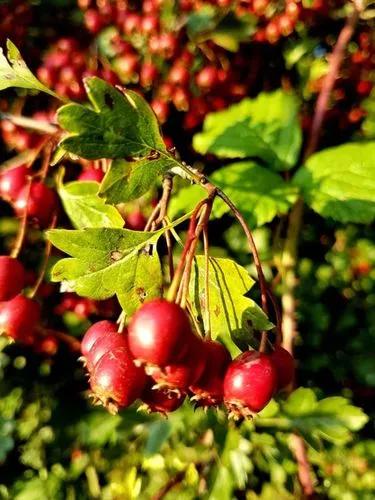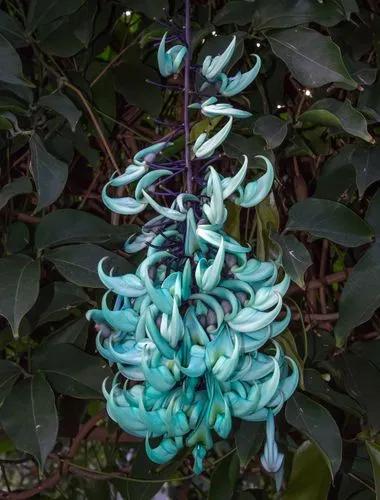Wisteria frutescens, commonly known as American wisteria, is a woody, deciduous, perennial climbing vine, one of various wisterias of the family Fabaceae. It is native to the wet forests and stream banks of the southeastern United States, with a range stretching from the states of Virginia to Texas (Northeast Texas Piney Woods) and extending southeast through Florida, also north to Iowa, Michigan, and New York.
Wisteria Frutescens Care
Wisteria Frutescens



How to Care for the Plant

Water

Wisteria frutescens needs 0.8 cups of water every 9 days when it doesn't get direct sunlight

Pruning

Since wisteria flowers develop on the previous year’s growth, pruning wisterias biannually not only keeps these vigorous vines to a manageable size but also creates a system of short branches close to the structure, where you can more easily enjoy the blooms. To accomplish this, simply prune the long shoots of the current year’s growth back to 6 inches long in early summer after the vines have flowered. Also at this time, completely remove any shoots not needed for the main framework of the plant and prune away root suckers, especially on grafted varieties. This type of pruning may be done once a summer or more frequently, depending on how much time you have and how neat you want your vine to look. Keep in mind that many gardeners find wisteria seedpods decorative, so you many want to leave some spent flowers behind.

Fertilizer

Fertilize your wisteria with a low-nitrogen product once every year, or every other year. Nitrogen fertilizing does encourage growth (but remember: not too much nitrogen!), so this is a critical step.

Sunlight

Sun , Part Shade , Shade

Soil

Suitable for: light (sandy), medium (loamy) and heavy (clay) soils and prefers well-drained soil. Suitable pH: acid and neutral soils. It cannot grow in the shade. It prefers moist soil.

Temperature

When kept in a mist frame with a bottom heat of 27 - 30°c, they will root within 4 weeks and produce well-established plants by the autumn

Additional

The seed of all members of this genus is poisonous

Popularity

1,156 people already have this plant 104 people have added this plant to their wishlists
Discover more plants with the list below
Popular articles






